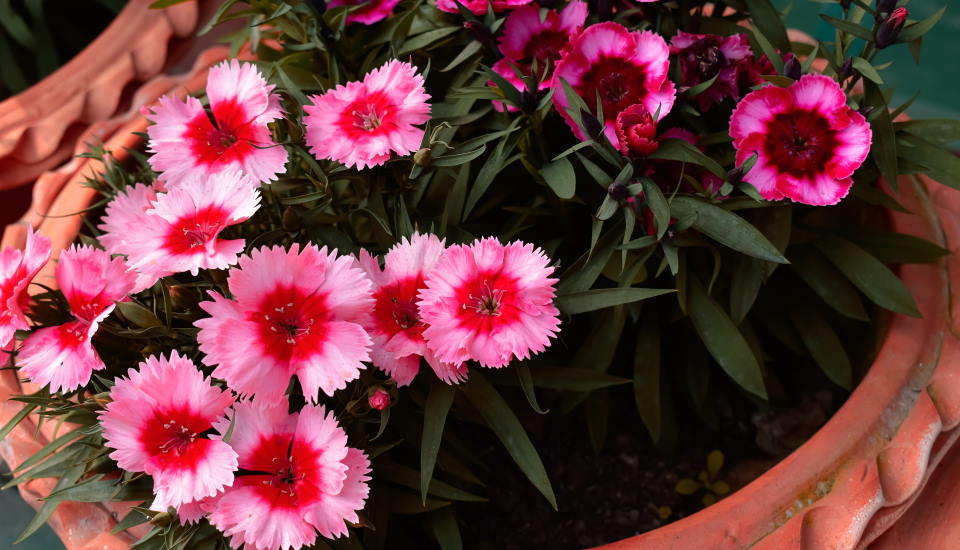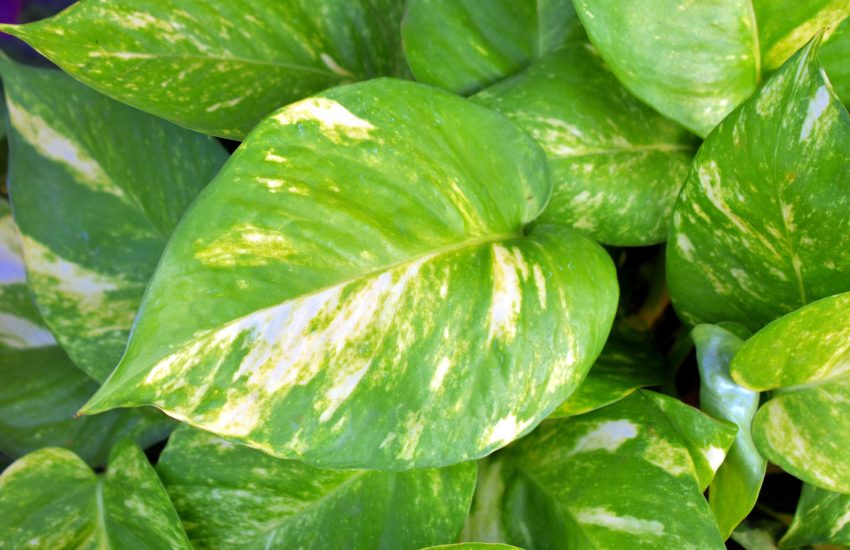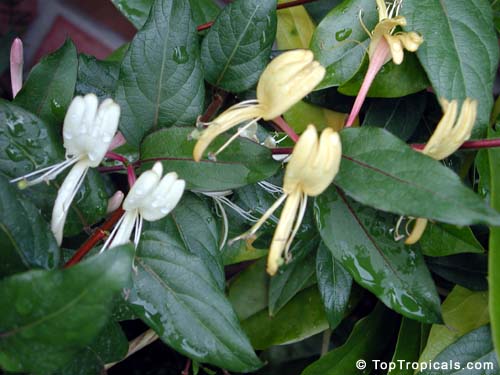Pink (Dianthus): How to Grow & Care
The Dianthus genus is broad and diverse, with evergreen perennials, biennials, and annuals among its members. However, the most common garden kind is known as ‘garden pinks.’ This is not because they are entirely pink but rather because the blossoms have a serrated edge as if they were trimmed with pinking shears. They are members of the carnation family and are distinguished by their blooms’ spicy scent.
Dianthus plants are native to Europe, Asia, and Africa. They have attractive bluish-grey foliage, even when the plants are not blooming. Plants can have a mounded form, an erect form, or a trailing habit, and their foliage is slender, almost grass-like. Don’t be fooled by the label “pinks” while selecting dianthus cultivars for your garden. While many variations have pink blooms, the fringed edges of the flower petals give this variety its name.
How to Plant and Care for Pink (Dianthus)?
Most dianthus types are quite easy to grow and care for. Many of them can survive in a variety of environments. They thrive in bright sunlight but dislike mid-summer intense heat. After the first bloom, deadhead the plants to ensure a second bloom later in the summer or early fall.
Pinks are fast-growing plants that should be planted in the spring after the dangers of frost have passed. Pinks are the same height as they were in the pots, with a distance of 12 to 18 inches (30-46 cm) between them. It would be best if you did not use mulch around them. It would help if you grew Pinks in full sun in well-drained compost.

To stimulate a second flush of blossoms, cut back after flowering and fertilize with a liquid tomato feed. In the autumn, you should reshape the plant. To keep the leaves dry and prevent mildew spotting, water them just at the base of the plant. In eight days, seedlings can emerge, and a new plant can fully bloom in under three months. Late spring blooms are abundant, with some reblooming into the fall. They’ll last a few weeks in a cold room.
Dianthuses are short-lived plants that get woody at the bottom and seem straggly after a few years. However, cuttings may be easily planted again, allowing you to grow new plants yearly. While picking pinks as a cut flower, wait until the buds have opened somewhat; if you pick them up when the buds of the flowers are closed, the aroma will be less powerful.
Conclusion
Dianthus plants are a pleasant addition to any container garden because of their beautiful shape and long blooming season. You can place your Pink at the front and around the borders of garden beds to enjoy their wonderful clove aroma. These flowers offer wide different varieties and beautiful colors to your garden. On top of that, they are pretty easy to grow and care for. And with some effort, you will not have a problem growing and caring for them. If you are looking for a flower that will look beautiful in your garden with its bright and pretty colors during spring, Dianthus is the right choice.
You may also be interested in:
Bear’s Breeches (Acanthus Mollis): How to Grow & Care
Heartleaf Bergenia (Bergenia Cordifolia): How to Grow and Care


